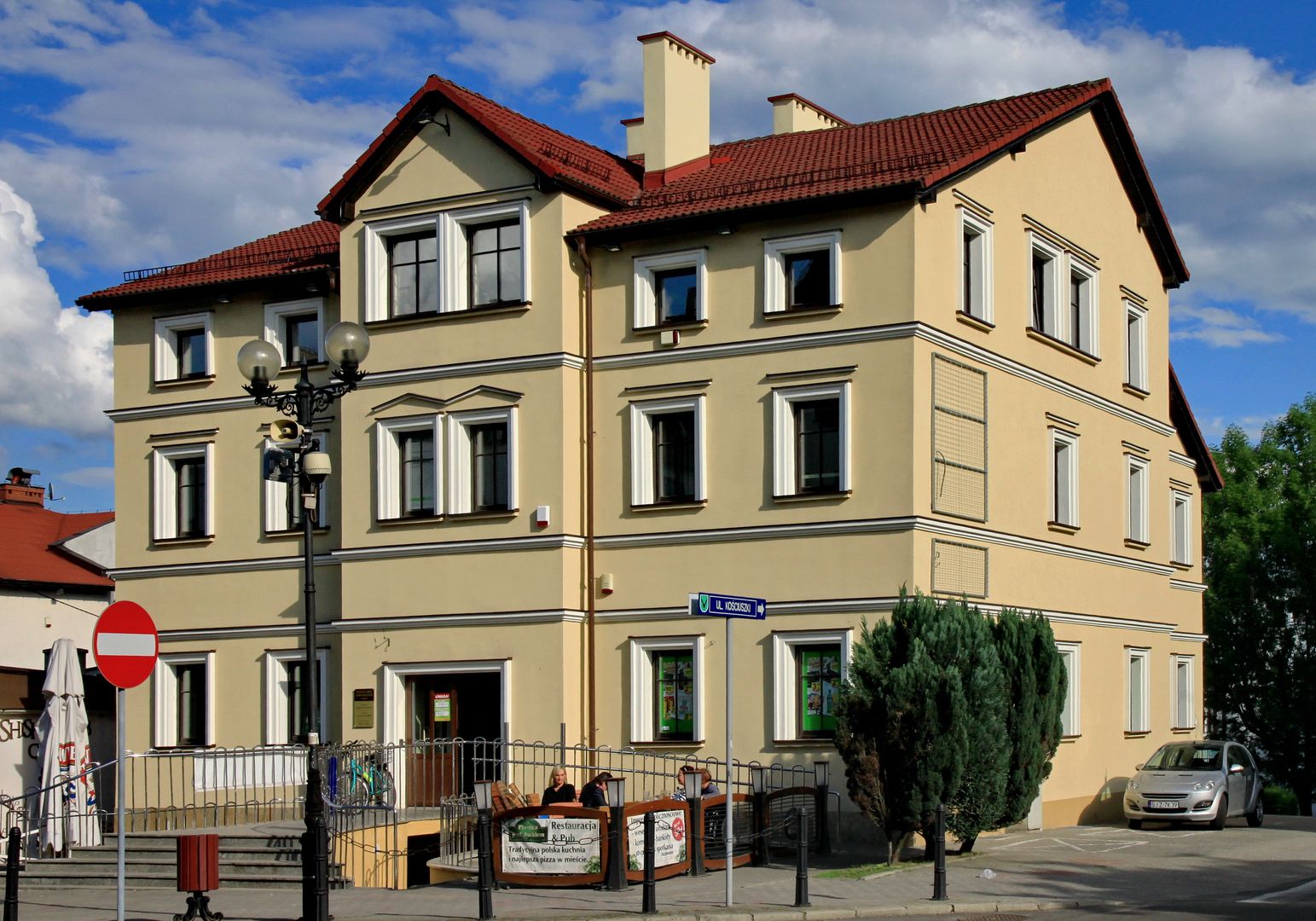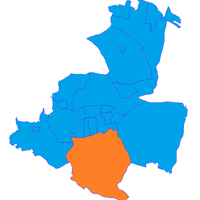Jastrzębie-Zdrój
7.68

Overview
Jastrzębie-Zdrój is a city in Upper Silesia with a rich history dating back to the Middle Ages. The first mention of the area it occupies comes from 1293. In the 19th century, the city gained spa status, developing thanks to the discovery of iodine-bromine brine. After World War II, following the discovery of significant hard coal deposits, Jastrzębie-Zdrój transformed into a dynamic industrial center, which influenced its urban development. The city's architecture is dominated by modernism from the 1960s and 1970s, as well as sacred and sanatorium buildings from the 19th and 20th centuries. Particularly noteworthy are the wooden churches, such as St. Barbara's and St. Joseph's, the latter of which was relocated from Jedłownik. Culture in Jastrzębie-Zdrój thrives through various events, such as the Jazztrzębie jazz festival and the activities of the Jastrzębie Photographic Club "Niezależni." The city also boasts a vibrant cultural life with libraries and museums, including the City History Gallery. In recent years, new facilities have been built, such as the modern concert hall of the State Music School. Jastrzębie-Zdrój also emphasizes active recreation with numerous cycling and hiking trails, including the international EuroVelo 4 route. The city is also known for its sports achievements in volleyball, football, and hockey. An important aspect of social life is religion, with numerous parishes and activities of various religious communities. Jastrzębie-Zdrój is a city with diverse architecture, a rich history, and intense cultural life, making it an interesting place to live and visit.
Location
You can also find here:

St. Barbara and St. Joseph's Church in Jastrzębie-Zdrój
8.19
Jastrzębie-Zdrój

The Sanctuary of Divine Providence in Jastrzębie-Zdrój
7.22
Jastrzębie-Zdrój

Jastrzębie-Zdrój Spa Park
6.64
Jastrzębie-Zdrój

The Spa House in Jastrzębie-Zdrój
6.52
Jastrzębie-Zdrój

City History Gallery in Jastrzębie-Zdrój
6.35
Jastrzębie-Zdrój

Ruptawa
6.17
Jastrzębie-Zdrój
2025 Wizytor | All Rights Reserved